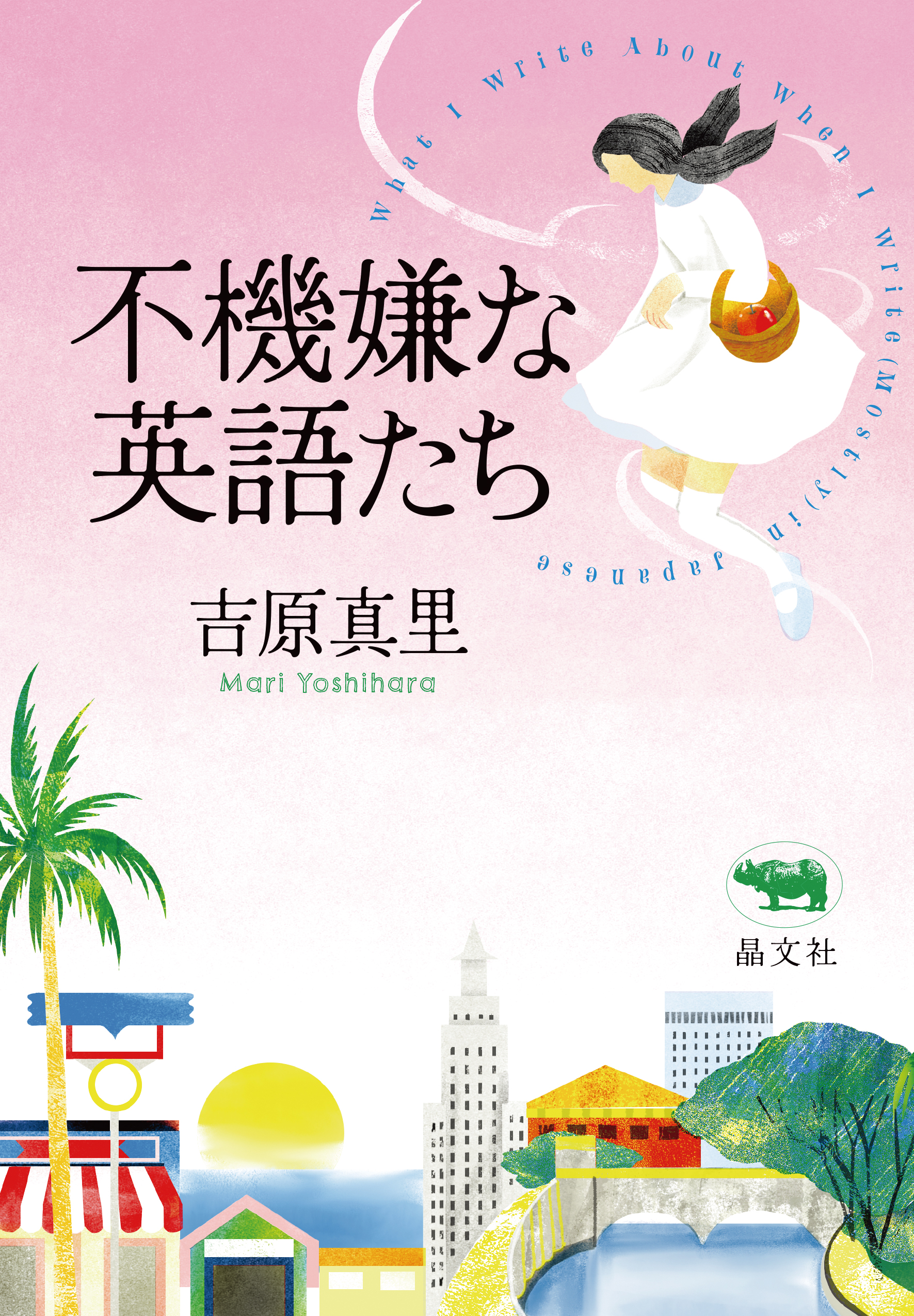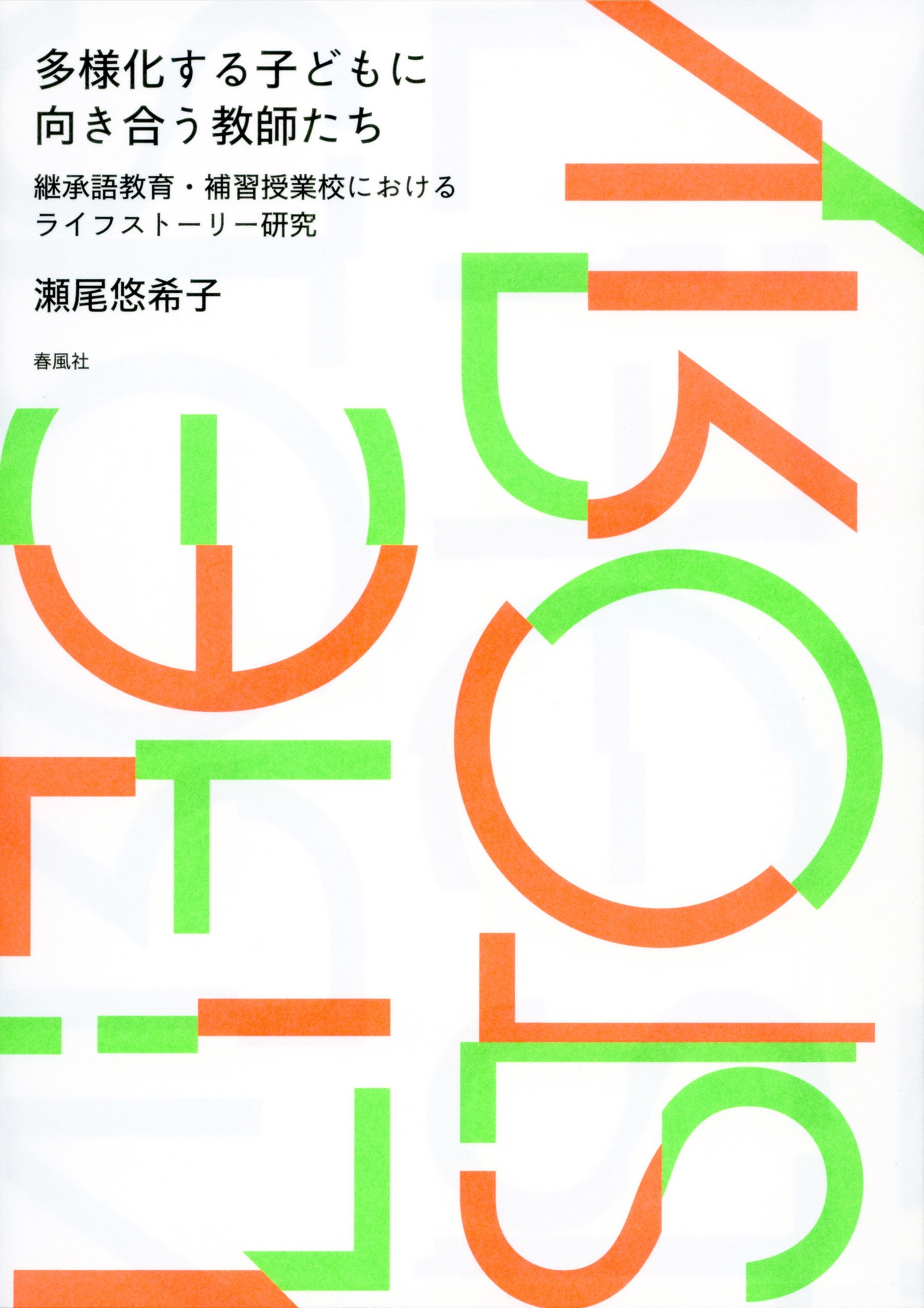
Title
Fukigen na eigo tachi What I Write About When I Write (Mostly) in Japanese
Size
384 pages, 127x188mm, softcover
Language
Japanese, English
Released
September, 2023
ISBN
978-4-7949-7381-8
Published by
Shobunsha
Book Info
Japanese Page
Mari, a girl who grows up in a small condominium in Tokyo playing the piano and reading books, is suddenly thrown into a local school in Cupertino, CA, USA at age eleven, not knowing a word of English, because of her father’s job. She desperately learns to speak, read, and write English in order to survive and fit in. She gradually acculturates to American school life and gains an entry into the “in” group. Despite her valiant efforts in gaining a foothold in America, with her father’s reassignment less than three years later, the family moves back to Japan. There, Mari encounters yet another series of culture shock, now as an English-speaking “returnee” student in a private school with a militaristic regimen. After graduating from university ten years later, Mari goes back to the United States, this time on her own accord. The “America” she encounters as a graduate student in New England is dramatically different from the one she had experienced as a girl in California. Once she lands a position at a university in Hawaiʻi and moves to the middle of the Pacific, she gradually gains a tactile understanding of the fraught relationship between “America” and what is often known as the “paradise island.” She also realizes that having acquired the English language has fundamentally altered her relationship to the world—which manifests itself in unexpected ways, often involving her relationships with men. Thus unfolds Mari’s life split between two languages and countries, refracted by her intersecting identities as an English-speaking, Japanese, Asian, female academic, all of which shape the stories she tells in Japanese and English.
This is a sort-of-but-not-quite bilingual I-novel (shishōsetsu), inspired in part by novelist Minae Mizumura’s An I-Novel. The original conception was to write the same stories in both Japanese and English, without the two being translations of each other, and have them printed side by side. The idea was to literally illustrate how, depending on which language I am operating in and what reader I am addressing, the stories I tell and how I tell them vary. This original conception did not materialize for a combination of reasons, but I have chosen to present my narrative mostly in Japanese (with some English interspersed) and insert in between chapters six short essays written only in English—hence the English-language subtitle (which has nothing to do with the Japanese title), What I Write About When I Write (Mostly) in Japanese.
I have written extensively about the cultural politics of race, gender, sexuality, and nation in my academic works, but I specifically chose to write this book as an I-novel to explore what a literary genre can do that academic writing cannot. By doing so, I wanted to illuminate the complex relationship between truths and Truths. Thinking about what stories to tell in which language and how has challenged me to reflect on the nature of (presumably) shared knowledge, worldview, and sensibility shaped not only by the country and culture that one lives in but also by the language in which one reads, speaks, listens, and writes.
(Written by YOSHIHARA Mari, Professor, Center for Global Education / 2025)
Table of Contents
The Plastic Wrapper
ある日、とつぜん
いなり寿司の発表
ピアノ・レッスン
ハイウェイの向こう側
こちら側の人間
Love, Always
On Not Becoming Asian American
レベッカの肖像画
ブドウと水着
ニューヨークのクリスマス
On Being Interpellated as Asian American
The Chinese Boy
カシオの腕時計
山手線とナマチュウ
On the Matter of Eggplant
詩人のキス
Kitchen & Bath
On Becoming a Woman of Color
お向かいへのご挨拶
父とイチロー
続 私小説
What I Write About When I Write in English



 Find a book
Find a book


